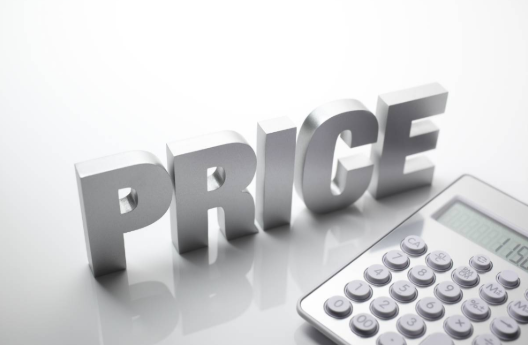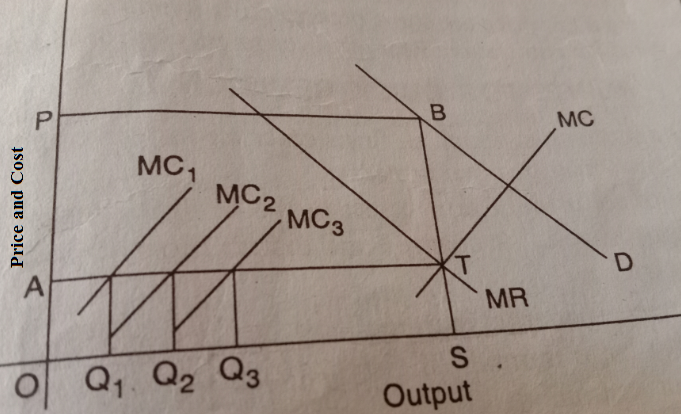Explain Price-output under Perfect Cartel in Collusive Oligopoly?
Here We Understand the Price-out under Perfect Cartel in Collusive Oligopoly in detail.

Do you have similar website/ Product?
Show in this page just for only
$2 (for a month)

0/60
0/180
Explain Price-output under Perfect Cartel?
Firstly we understand the meaning of Collusive oligopoly:
Collusive Oligopoly:
Collusive oligopoly refers to a situation where in the firms in a particular industry decide to come together as a single unit for the purpose of maximizing their joint profits and to negotiate among themselves regarding their market share.
Now, we will understand the Price-output under Perfect Cartel:
Perfect cartel is an extreme form of perfect collusion oligopoly wherein the firms producing homogeneous product form a centralized agency. The individual firms surrender their price-output decision to this agency which determines output quotas for its members, the price here to be charged and the distribution of industry profits.
We Understand by an Example,
Let us assume that a cartel consists of three firms A, B and C are producing homogeneous products with different costs of production. Before price and output are determined by the cartel central agency, it will estimate the industry demand curve showing the different quantities which can be sold by the industry as a whole at different prices. Once, this done, the corresponding marginal revenue curve will also be known. The industry's marginal cost curve is derived by horizontal [addition] of the marginal cost curves of individual firms A, B and C. Here, the profit maximizing output will be determined at the point where the industry's marginal cost curve intersects with the industry's marginal revenue curve. This can be explained in below mentioned figure.
Figure-
As shown in above figure- MC1, MC2, MC3 are the marginal cost curves of three oligopolistic firms A, B and C. Here, the horizontal summation of MC1, MC2 and MC3 gives the combined MC (marginal cost) which intersects industry's MR (marginal revenue) curve at point T. The industry's equilibrium level of output is OS and the profit maximisation price is OP or SB as shown in figure.
The cartel agency had to allocate the total output OS among the member firms. Here, the agency tackles this problem by equating the industry's marginal revenue to the marginal cost of individual firms. Thus, the share of firm A is OQ1, the share of firm B is OQ2 and the share of firm C is OQ3 which is equal to the total output OS that is (OQ1 + OQ2 +OQ3 = OS). Here, it should be noted that the firm C with lower cost will sell a large output OQ3 , means greater than OQ2 and OQ1. However, it does not mean that firm C will get more profit than firm B or firm A. The joint profit as shown in figure PBTA will be pooled into fund and it is distributed by the cartel agency according to the agreement arrived at the three firms at the time of the formation of the cartel.
CONTINUE READING
Collusive Oligopoly
Price-output under Perfect Cartel
Cartel is a perfect form of collusion
Cartel refers to the central agency which determines output quotas for the firms price to be charged and distribution of profit.
Collusive Oligopoly- Price-output under Perfect Cartel.
Kinnari
Tech writer at NewsandStory
